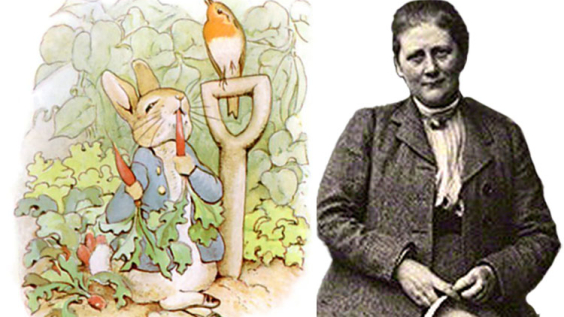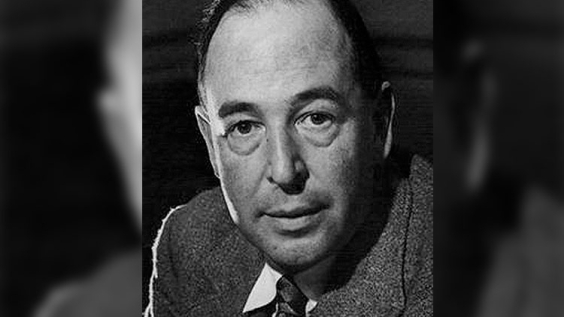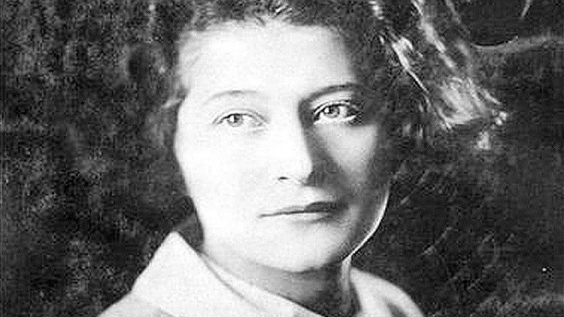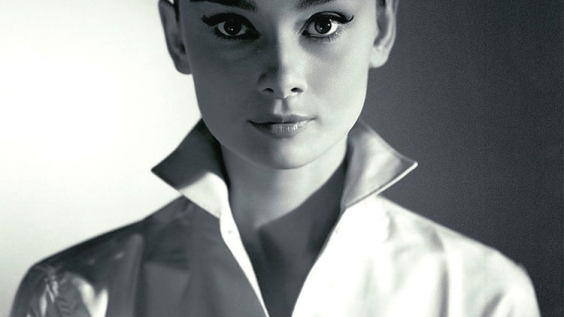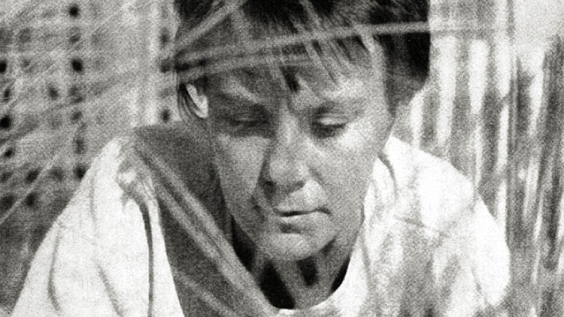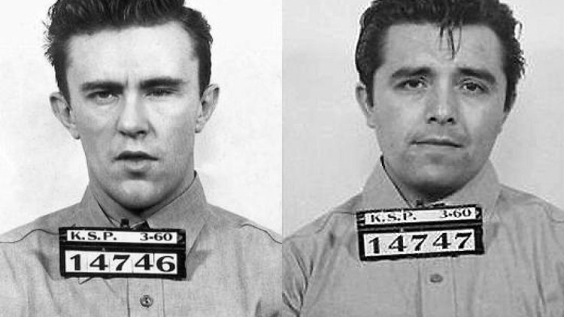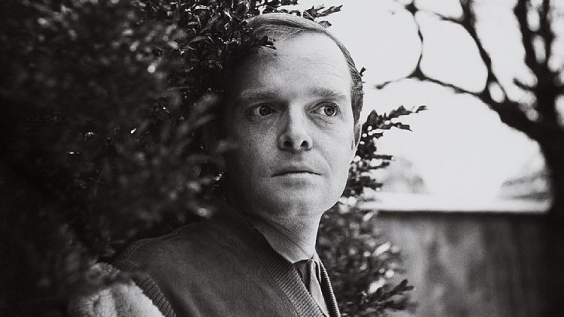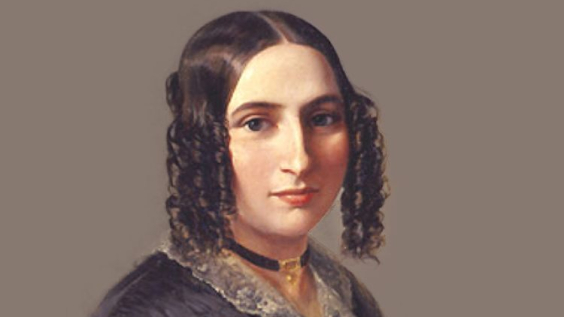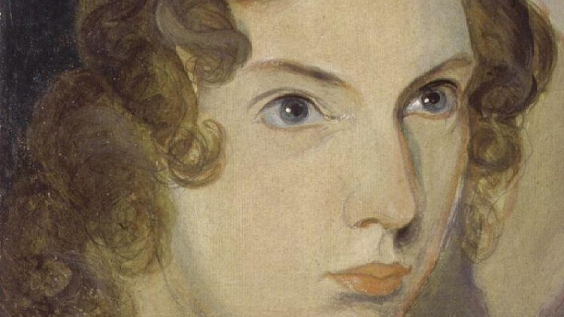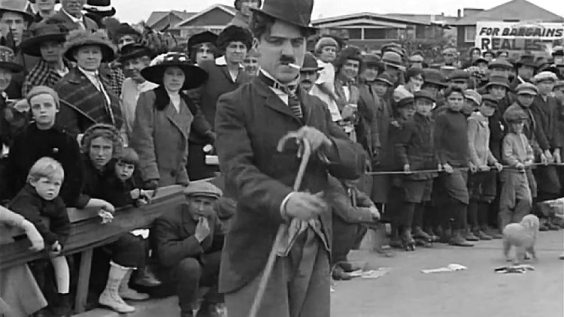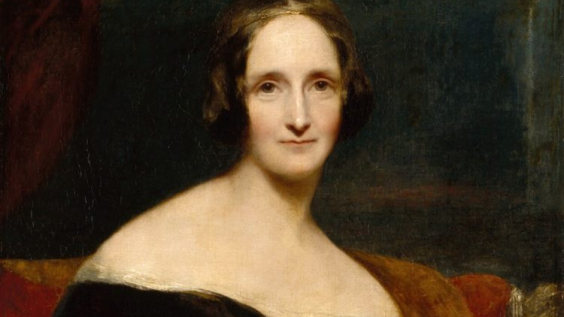
One of film’s most iconic figures, Charlie Chaplin was born on 16 April 1889 in London. Born into poverty, Charlie found himself in the workhouse twice before the age of 9. His father, an actor, died when Charlie was 10 and his mother, an actress and singer, suffered with mental illness and was moved into an asylum when he was 14. Charlie and his brother Sydney were forced to take care of themselves, turning to work on the stage as a means of making a living.
However, Chaplin’s natural charisma, eye for business and innovative writing, acting, directing and composing talent quickly led him to stardom.
Here’s how Charlie Chaplin became a worldwide icon.
He had natural talent
Having inherited their parents’ performing talent, the brothers took to the stage. Charlie made his professional debut as the member of a youth group called ‘The Eight Lancashire Lads’. Charlie was quickly popular because of his outstanding tap dancing skills. Aged around 12, he was offered the opportunity to work in a ‘legitimate’ show, appearing as ‘Billy’ the page boy, first in support of H. A. Saintsbury and then William Gillette in different productions of Sherlock Holmes.
Charlie entered vaudeville comedy and moved to the United States in 1910 to join the Fred Karno Repertoire Company, where he was employed as a featured player. American audiences loved him, with his sketch ‘A Night in an English Music Hall’ proving particularly popular. In 1912, the Fred Karno troupe returned to the US for a repeat tour, and Chaplin was offered a motion picture contract.
He created the character of ‘the Tramp’ early on in his career
It was whilst working with Keystone Film Company that Charlie developed his iconic character, the Tramp. The character, with his instantly recognisable moustache and baggy trousers, was seen first by audiences in Kid Auto Races at Venice and became tremendously popular. Indeed, his initial salary was $150 a week, but his overnight success led to many producers bidding ever-higher sums for his talent. Chaplin went on to play the character of the Tramp in dozens of films.

‘The Kid’ (1921), with Jackie Coogan, combined comedy with drama and was Chaplin’s first film to exceed an hour
Image Credit: First National Pictures (work for hire), Public domain, via Wikimedia Commons
By 1916, Chaplin was fully in demand. He signed with the Mutual Film Corporation for a significant fee to make 12 two-reel comedies. Some of the most famous are The Floorwalker, The Fireman, The Vagabond, Easy Street and One A.M.
He became an independent producer
In 1917, Chaplin decided to become an independent producer so that he could have more freedom and decision-making when making his films. He built his own studio in the Hollywood residential section of La Brea Avenue. During World War One, he mounted a national tour on behalf of the war effort. He also made a comedy about war called Shoulder Arms, which, released in 1918, was a hit at the box office and hugely added to Chaplin’s popularity.
In 1919 he joined forces with Mary Pickford, Douglas Fairbanks and D. W. Griffith to found the United Artists Corporation. Over the coming years, Chaplin released a series of successful films including The Kid (1921), The Gold Rush (1928) for which Chaplin received his first Academy Award, and City Lights (1931), a silent film produced in the new era of the ‘talkie’.
He created The Great Dictator in response to Hitler
Now one of the most famous performers on the planet, it was striking that in 1940, Chaplin released his most famous film to date, the political satire The Great Dictator. Filmed around the eve of World War Two, it was Chaplin’s first all-talking picture, even though it was 12 years after the advent of sound for film.

Chaplin as Adenoid Hynkel
Image Credit: Trailer screenshot, Public domain, via Wikimedia Commons
Chaplin plays both of the central characters: a fascist dictator and a persecuted Jewish barber. At the end of the film, Chaplin used the inclusion of sound to great effect during a powerful closing speech, delivered by Charlie himself, stepping out of character. The film is widely considered to be the greatest satire ever made and is often cited as one of the finest films ever produced. It is perhaps revealing that this work is Chaplin’s most serious, tragic and human work.
Interestingly, in a later biography, Chaplin made clear that he would never have made the film if he had known the true extent of the horrors the Jewish population were suffering under the Nazi regime at that time. Nonetheless, the film solidified Chaplin’s reputation as an outstandingly intelligent, politically astute figure.
In the later years of his life, Chaplin produced more films such as Monsieur Verdoux (1947), Limelight (1952), A King in New York (1957) and A Countess from Hong Kong (1966). By the time he died, on Christmas Day 1977, he was one of the most famous men in the world. His reputation has endured in the time since.
 Listen Now
Listen Now


